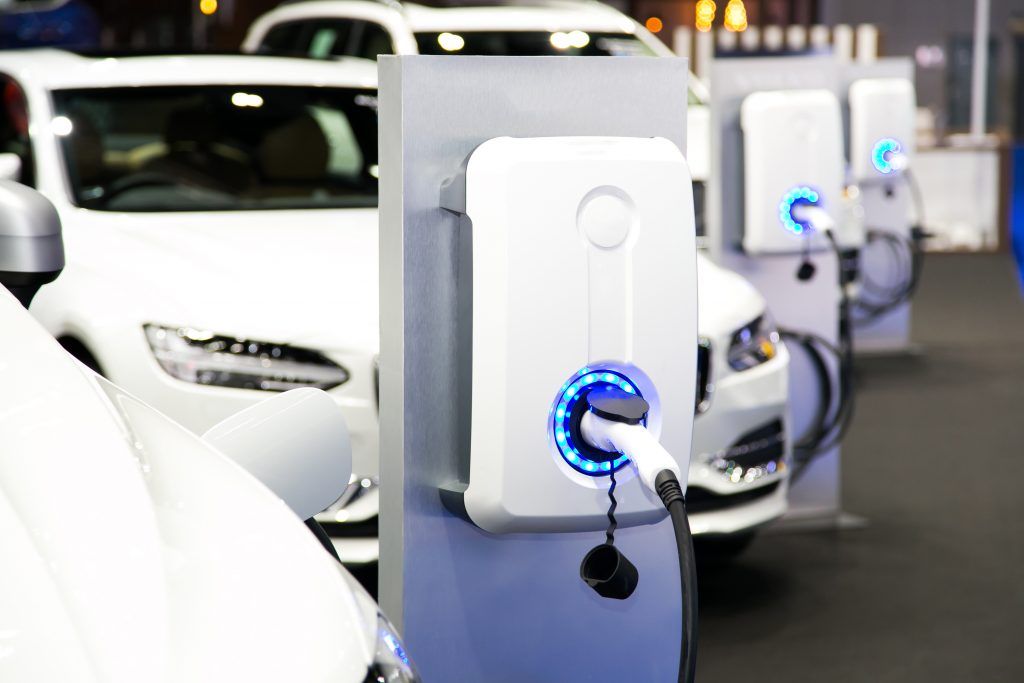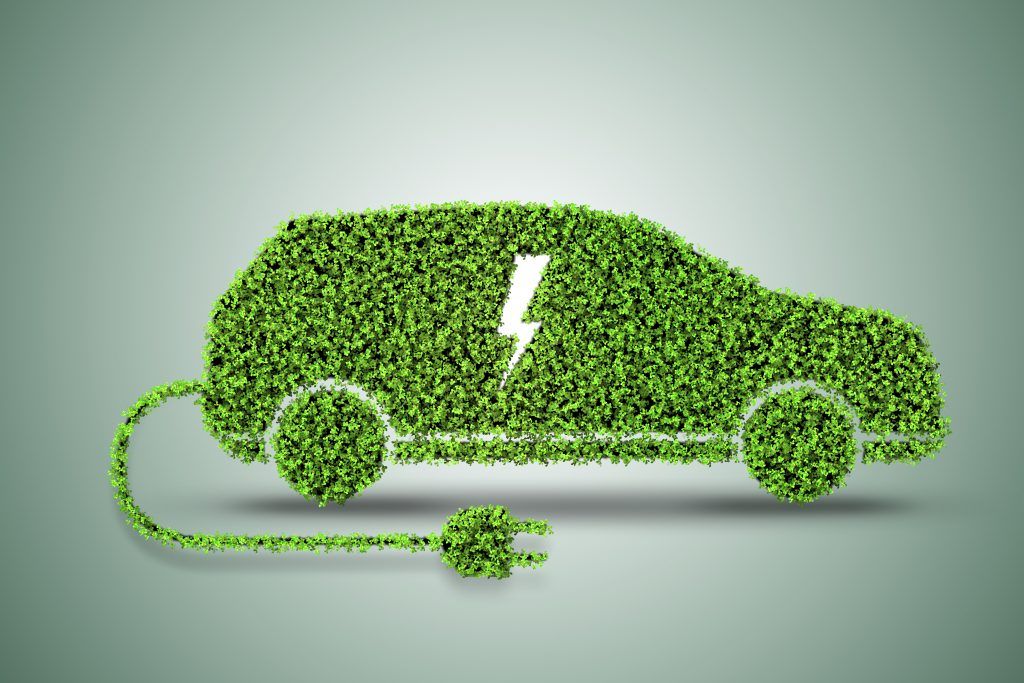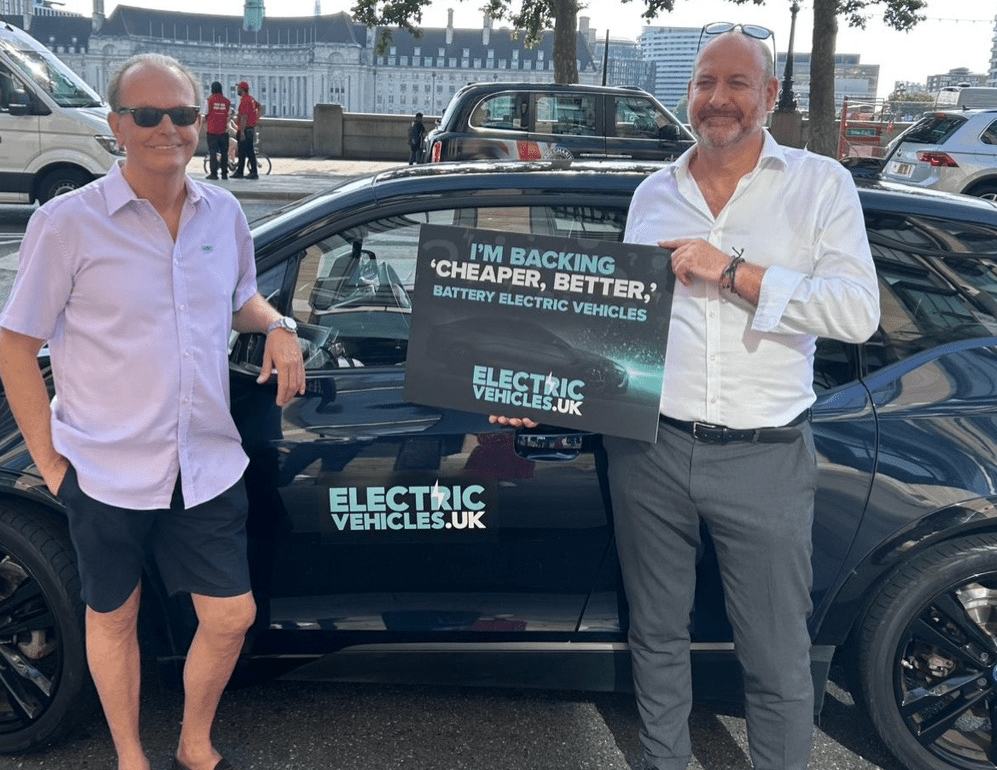Lauren Pamma, Programme Director for the Green Finance Institute’s Coalition for the Decarbonisation of Road Transport (CDRT), predicts what 2023 could look like for the electric vehicle (EV) market.
2022 was an exceptional year for electric vehicle (EV) adoption in the UK, but it didn’t come without challenges, particularly the energy price crisis.
Central to driving down costs is smart charging. In 2023, smart charging will become more important than ever before to not only balance peak grid, but drive down prices. This, alongside the REMA (Review of Electricity Market Arrangements) consultation, would see electricity prices fall next year.

Local authorities are also set to have a large injection of finance early next year through the launch of the LEVI fund, to deliver significant charging infrastructure investment and deployment. When public funding for charging infrastructure comes to an end, we will need to see private sector investment increase to continue the roll-out of charging infrastructure.
Supply of used vehicles is set to rapidly increase going into next year. Unless we get the second-hand EV market up and running in full force, and give consumers confidence to acquire a used EV, the increase in supply will not be met by an increase in demand. Currently, we are witnessing early signs of divergence, putting downward pressure on used car prices.
Accessibility will also remain a key area of focus for the industry, particularly charge point operators. Earlier this year, industry groups and other bodies, such as Motability, worked alongside Government to publish a specification for the accessibility of charge points, to ensure that no one is left behind in the EV transition. This should create a step change in accessibility for chargers from next year.
The new lithium refinery plant in the North East announced earlier this year marked a watershed moment for the UK’s battery supply chain markets – showcasing it is entirely possible to bring supply chains to home soil. 2023 presents an opportunity for the UK to capture the battery supply chain market and become a leading player on the global stage. We should expect to see more and more facilities get funding and open for business in the UK across the entire supply chain – from raw material extraction and processing, to gigafactories, to re-use and recycling innovation.
Looking ahead to 2023, the entire industry – from charge point operators to OEMs – must continue the drive towards addressing the challenges to the mass adoption of electric vehicles.














